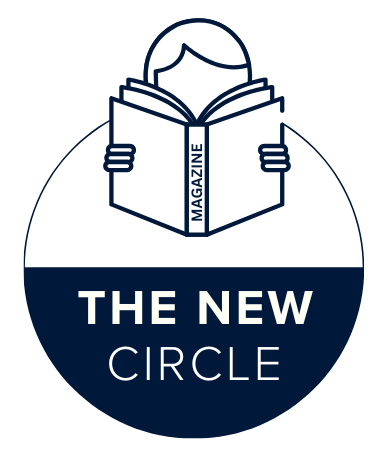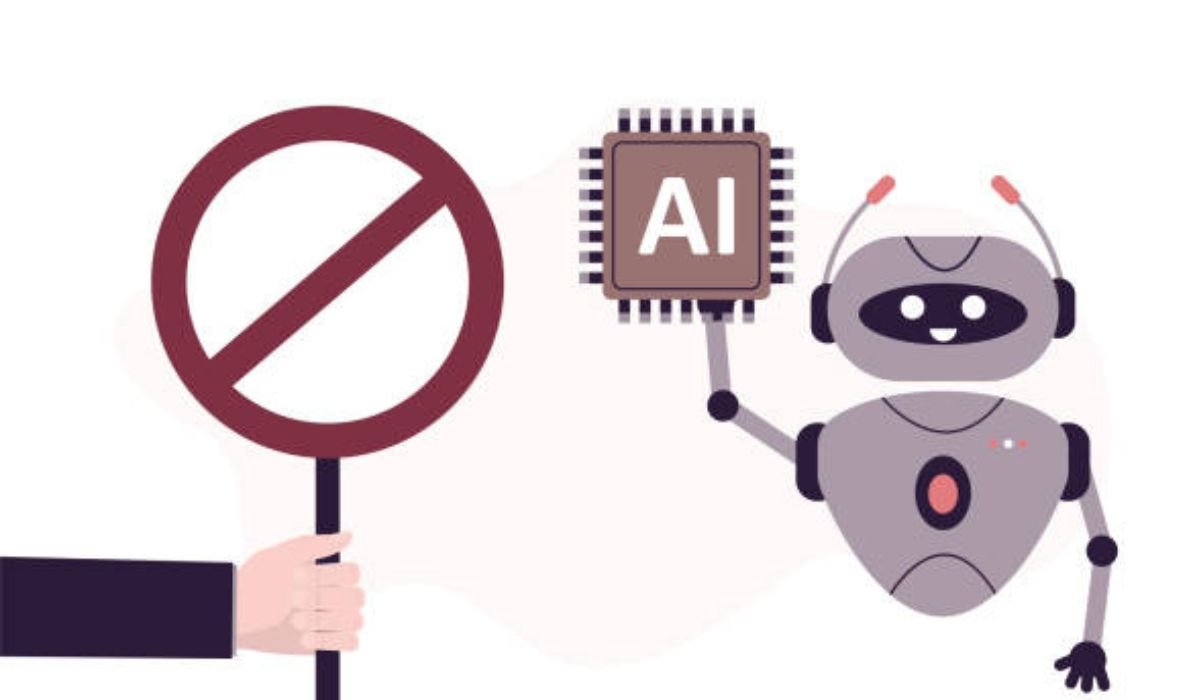The digital world around us is evolving like never before, especially due to the revolutionary force of AI[1]. Tools that can automatically provide professional-grade writing on demand have democratized content, paving the way for everyone to publish articles, essays and reports. But, with that convenience comes an increasing moral and credibility struggle.
Institutions and platforms are catching on and implementing more sophisticated AI detection tools to weed out machine-generated content, which has created a kind of new “arms race” between AI writers and AI detectors. This has led to a world in which creators have to grapple not just with how to use AI effectively, but also how they can be sure the final product is authentic. And getting flagged can be kind of a big deal, so being judicious with how our AIs fight feels more important than ever.
Why Content Gets Flagged by AI Detectors
AI detectors operate by discerning the distributional patterns and statistical properties intrinsic to text produced by Large Language Models (LLMs) like GPT-4 or Gemini. LLM training data is also frequently high “perplexity” (predictable word choice) and low “burstiness” (similarities across sentence length/structure).
Consistently formal and grammatically faultless rhythm, though good on the surface, is a dead giveaway for a machine, since human writing is always more uneven: Random conversational snippets break up perfect sentence structure and we cannot avoid clumsy bits of grammar. Detectors hunt these minute, statistical fingerprints to measure an AI-likelihood score. If a body of text looks too much the same and repeats with it is predictable outcomes, the detector will alarm.
The Mechanism of AI Detection Tools
Most AI detection tools employ machine learning classifiers, trained on massive datasets of both human and AI-generated text. They’re essentially searching for what is statistically improbable to be written by a human. Some tropes we could be looking for are patterns in: Syntactic Patterns (how the sentences are organized), Lexical Diversity (how many different kinds of words were used) and Specific Phrasing (like a common introductory or conclusion phrase that might be common to LLMs). “As these become more complex, so do the detectors — increasingly relying on more obtuse methods such as searching for ‘watermarks’ or probabilistic signatures hidden in the generated text.
The Emergence of Undetectable AI Tools
A new kind of software emerged in direct response to the spread of extreme AI detectors: Undetectable AI tools commonly referred to as “AI humanizers.” Platforms like these are a vital middle layer between creating and publishing AI. They aim to take AI-generated text and rewrite it in a particular way that strips away the statistical patterns that set off detection.
This isn’t just simple paraphrasing. This can be done using complex algorithms to simulate human-like behaviour, such as changing sentence structures, inserting swear words that the detector wouldn’t know are offensive and bursts of complexity followed by simplicity to create an “unpredictable” flow that text would go through that machine. This keyword, UndetectableAI, exactly explains this strategic evasion approach.
Strategic Techniques to ‘Humanize’ AI Content
There’s more to it than just running an A.I.-produced draft through a “humanizer”; the touch of a creator is still essential. In order to make AI content truly humanized, creators need to realize that in reality, what they really should be adding is their own voice, experience and critical thinking. That’s breaking up the pattern somewhat, working on structure here, even if it’s clunky and not always smooth or graceful, by showing me this image of a machine with his hands.
Another approach is to swap out general language for more particular, evocative or even quirky words. The inclusion of personal anecdotes, special opinions and specific examples from real-world contexts that an AI couldn’t dream up, really is the best possible way to get down to truly authentic your work.
ALSO READ: Virtual Assistant Agencies: The Future of Work and Business Outsourcing
The Ethical and Academic Concerns
The ethical issues associated with stealth tools make them difficult to justify for academic and professional use. In an academic setting, it is generally regarded as cheating or a form of academic misconduct (Even humanized) for someone to use AI to actually do their homework for them, as this will make the assignment appear as if it is the original work of the student.
On a professional level, publishing AI-humanized content can damage trust and leave you under the scrutiny of being accused of not writing authentic content, especially in fields with a need for original thought leadership. Though these tools provide a means to circumvent detection, the underlying issue remains: is it your own work and content that reflects what you know? Makers need to balance the efficiency wins with the integrity loss of hiding where they built their house.
Best Practices for Utilizing AI Assistants Ethically
Using AI as a powerful writing assistant, rather than a replacement, is the most ethical and sustainable path. Here’s how to integrate AI responsibly:
- Brainstorming Only: Use AI to generate initial ideas, outlines, or research summaries, but write the final prose yourself.
- Draft Enhancement: Use AI to polish your human-written draft for clarity or grammar, not to generate the bulk of the content.
- Fact-Checking is Mandatory: Always verify every piece of data and citation generated by an LLM, as they are prone to “hallucinations” (producing false information).
- Maintain Your Voice: Edit the AI-generated text to infuse your unique writing style, colloquialisms, and tone.
- Disclose Appropriately: Be transparent about the level of AI assistance used when required by institutional or platform policies.
Risks Associated with Over-reliance on Detection Evasion
Using artifacts to escape attention itself has its own professional and creative hazards. First, today’s Undetectable AI tools are not stable; the updated version of AI detectors keeps changing but even a method that works this morning might not work in the afternoon. Secondly, content that is only “humanized” by an algorithm often ends up sounding flat and generic devoid of the special spark and layering required to truly interest a reader. This results in declining returns on search engine optimisation and engagement with readers. And of course, when content is wholly AI-generated, it can lack accuracy, run into the risk of plagiarism, and be devoid of genuine expert opinion and professional integrity.
FAQs
What is the main difference between an AI writer and an AI humanizer?
An AI writer generates new content from scratch based on a prompt. An AI humanizer takes existing AI-generated text and strategically modifies it to reduce the patterns that make it detectable by AI detection software.
Are AI detection tools 100% accurate?
No. All AI detection tools have a risk of false positives (flagging human-written text as AI) and false negatives (failing to flag AI-generated text), making them an imperfect and evolving technology.
Is using a humanizer tool the same as plagiarism?
While not traditional plagiarism (copying someone else’s work), using a humanizer to submit AI-generated content as your own original work is generally considered academic or professional misconduct because it misrepresents the authorship.
Can Google penalize my website for using AI-generated content?
Google’s policy is to penalize content that is low-quality, spammy, or published solely to manipulate search rankings, regardless of whether a human or an AI writes it. High-quality, helpful AI content is generally acceptable, but its quality is the key.
Conclusion
When an AI detector flags you, it’s like saying your content is missing the crucial, unpredictable fingerprints of human authorship. That can be an annoying barrier, but ‘Undetectable AI’ tools provide a lot of technical bang-for-the-buck in algorithmically injecting that all-important human-like randomness into your prose. But the real value of these humanizing tools isn’t in a technical bypass; it’s in providing a checkpoint. They are meant to be polishing pourers, ensuring that content where AI assistance is used is polished for a seamless human flow. The sustainable approach is to marry AI efficacy with human creativity — draft using AI, then take the time to add personal insights, vary style and make sure each sentence resonates with real thought. It’s the long-term combination that will protect against faking and let your content get through to its real audience.
YOU MAY ALSO LIKE: How AI Is Transforming Data Storage: Challenges and Innovations

